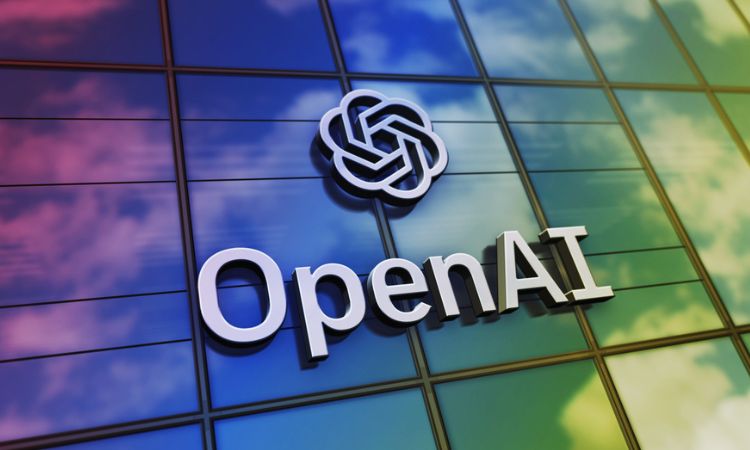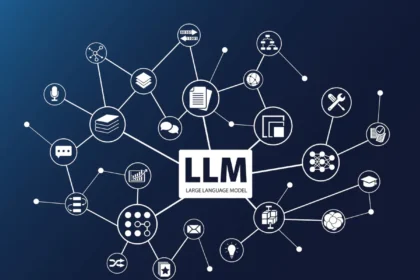OpenAI has launched two open-weight AI reasoning models, marking its first major return to open-source AI since GPT-2 in 2019.
The models, GPT-OSS-120B and GPT-OSS-20B are now freely available on Hugging Face, making state-of-the-art performance accessible to developers worldwide.
The larger GPT-OSS-120B can run on a single Nvidia GPU, while the lighter GPT-OSS-20B is optimized for consumer laptops with at least 16GB RAM. Both models, OpenAI claims, perform competitively against leading open models like DeepSeek’s R1 and Qwen, though they still lag behind OpenAI’s proprietary o3 and o4-mini models.
This launch comes amid growing geopolitical pressure, particularly from the U.S. government, which has called for more open AI models aligned with democratic values in response to China’s rapid advancements in AI research.
Related: Trump Administration Eyes New Semiconductor Tariffs Amid Ongoing Chip Policy Overhaul
“We are excited for the world to build on an open AI stack created in the United States,” said OpenAI CEO Sam Altman. “Our goal remains building AGI that benefits all of humanity.”
OpenAI’s decision marks a notable shift from its closed-source strategy in recent years, which prioritized monetization through APIs and partnerships. The launch of GPT-OSS is designed to rebuild trust with developers and counterbalance the dominance of Chinese AI labs like Alibaba’s Qwen, DeepSeek, and Moonshot AI.
Unlike previous models, GPT-OSS will allow developers to offload complex tasks to more advanced proprietary models, offering flexibility through hybrid deployment strategies.
However, OpenAI admits to higher hallucination rates, with the OSS models scoring 49–53% on its in-house PersonQA benchmark, compared to just 16% on o1.
Technical Highlights
- MoE Architecture: Efficient by activating only 5.1B parameters per token (for the 120B model)
- Reinforcement Learning (RL) Post-Training: Trained using high-compute RL for reasoning capabilities
- Tool Usage: Capable of calling external tools like Python and web search
- Text-Only Models: No image or audio generation capabilities
Both models are released under the Apache 2.0 license, allowing commercial use. However, OpenAI is not releasing the training data due to ongoing legal risks and ethical considerations.
Safety evaluations showed a low risk of misuse, with no high-capability findings in bio-weapon domains, though marginal increases in biological capability were observed.
OpenAI’s re-entry into open AI has sparked excitement and competition. Developers now await the release of DeepSeek’s R2 and a new model from Meta’s Superintelligence Lab.







